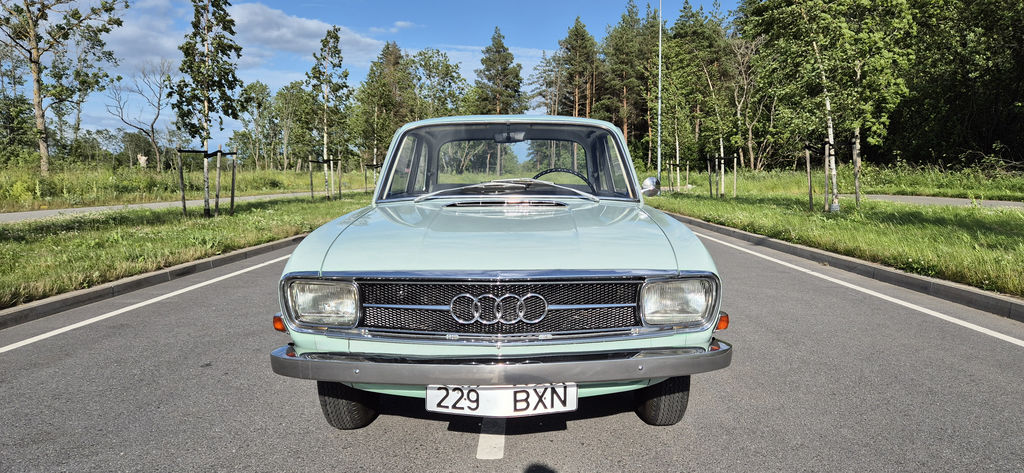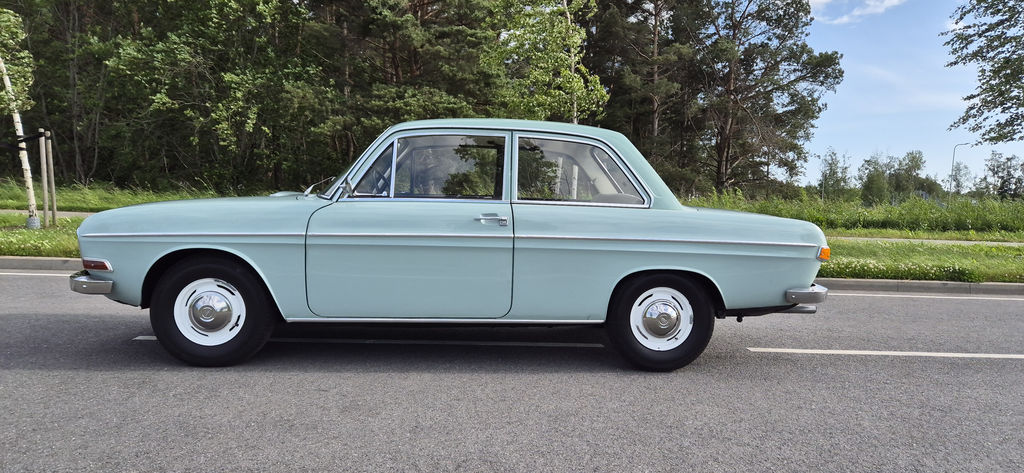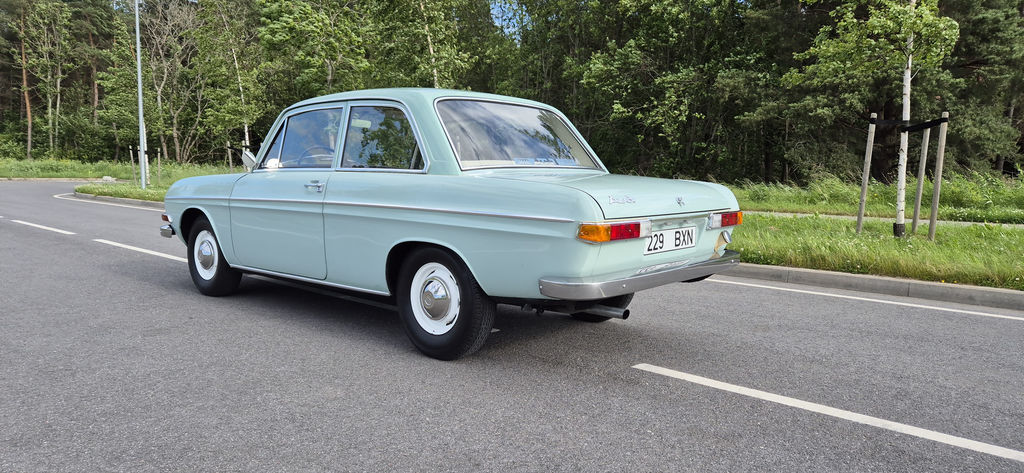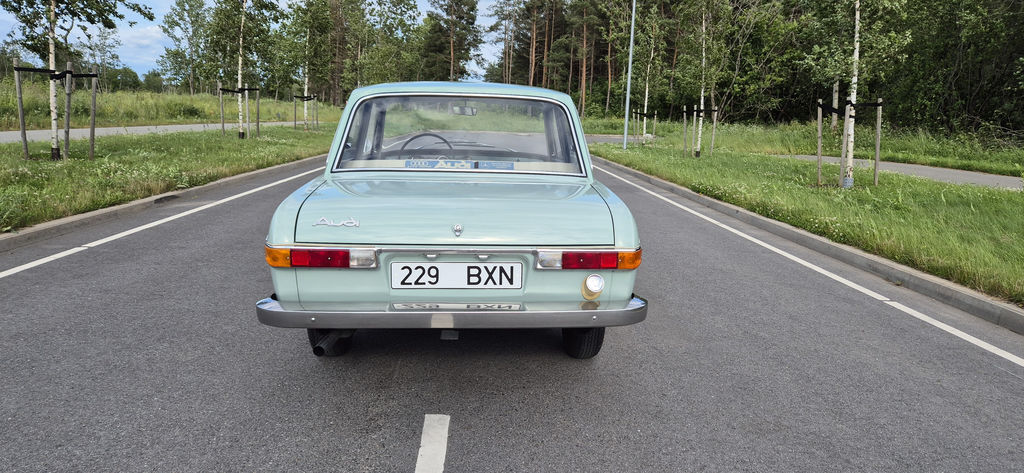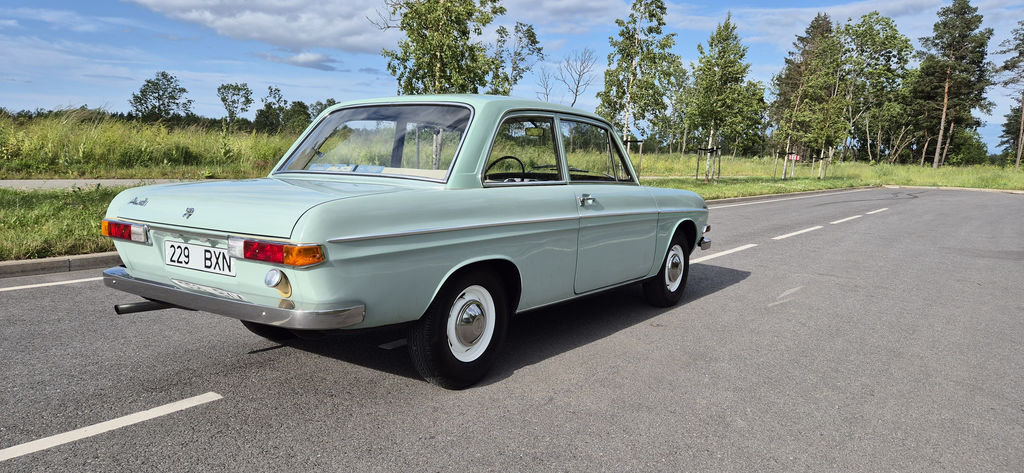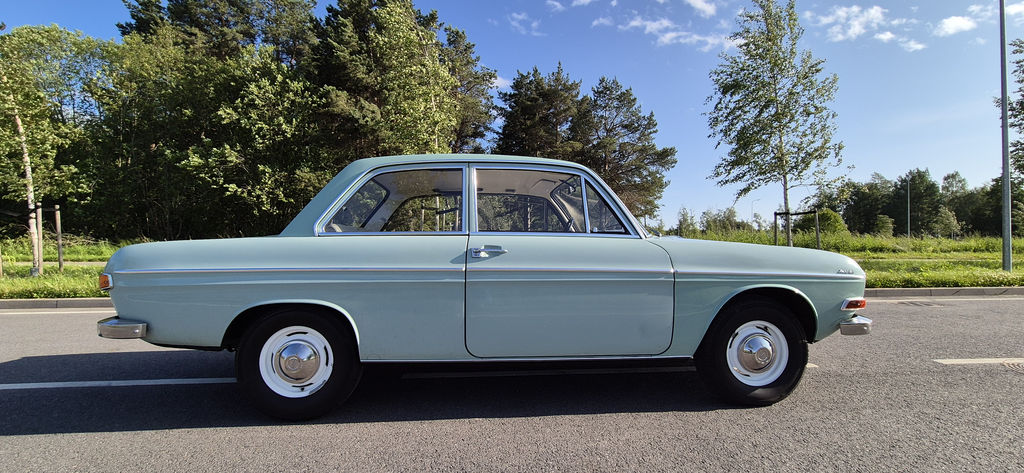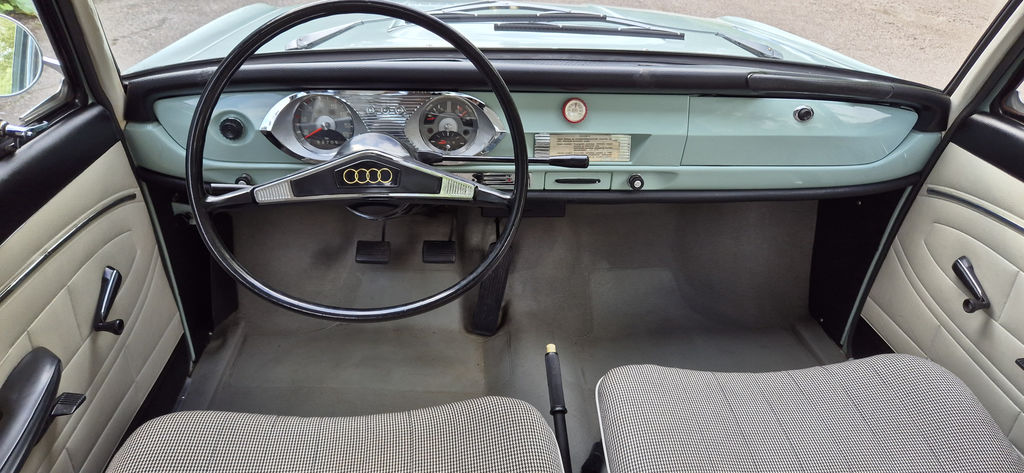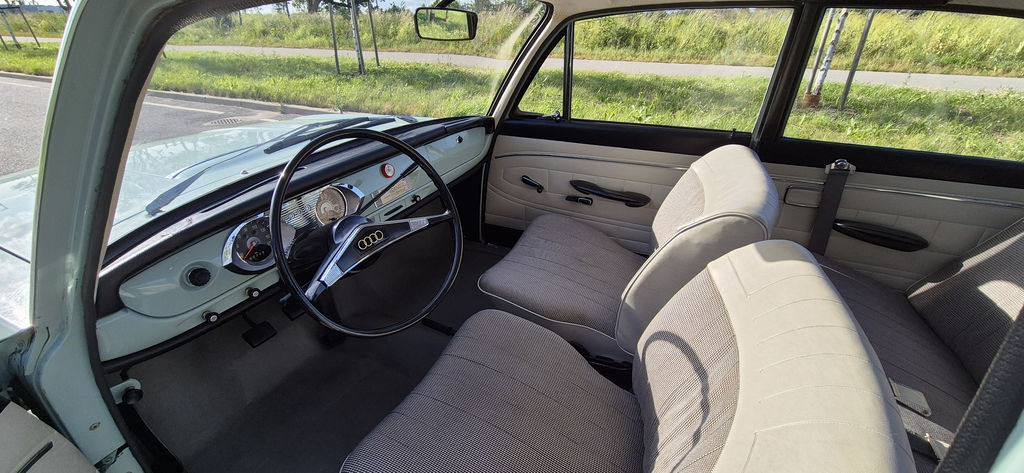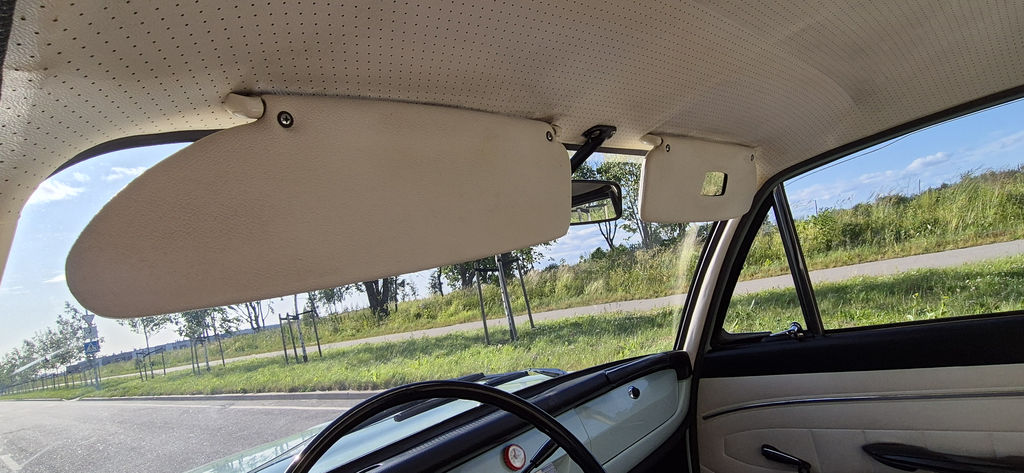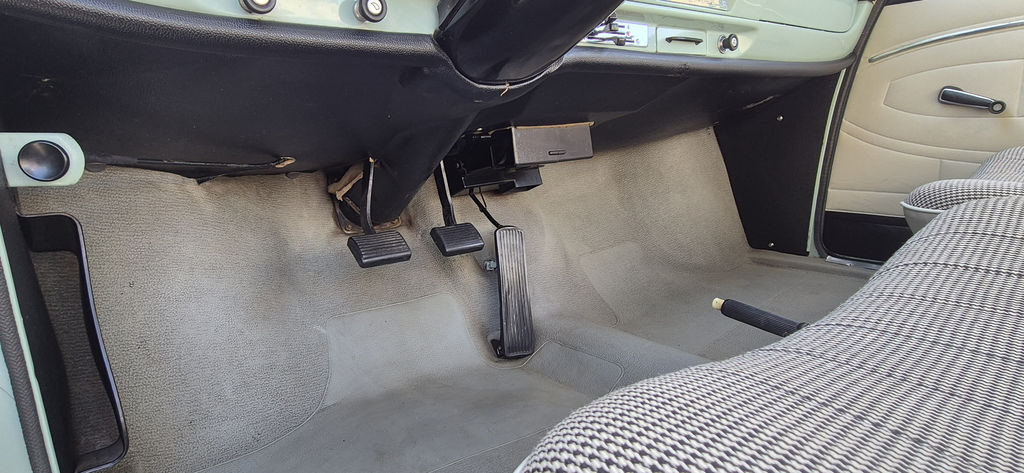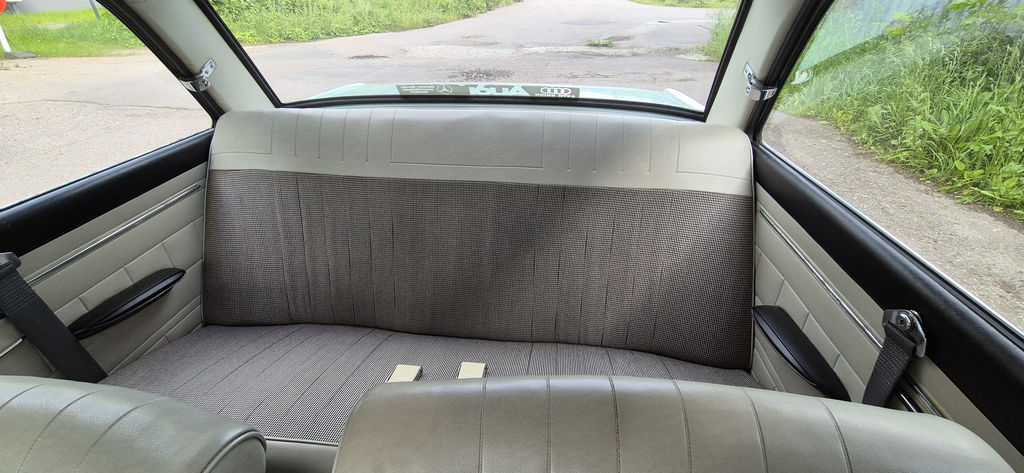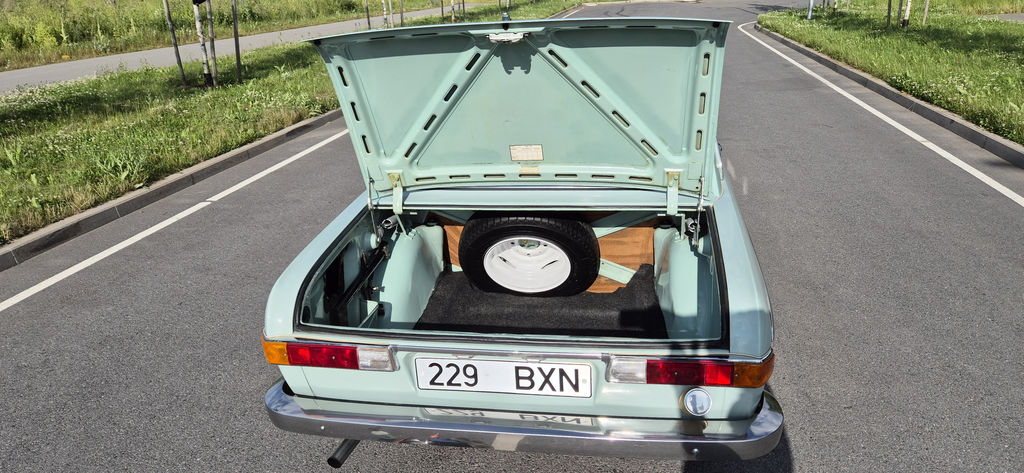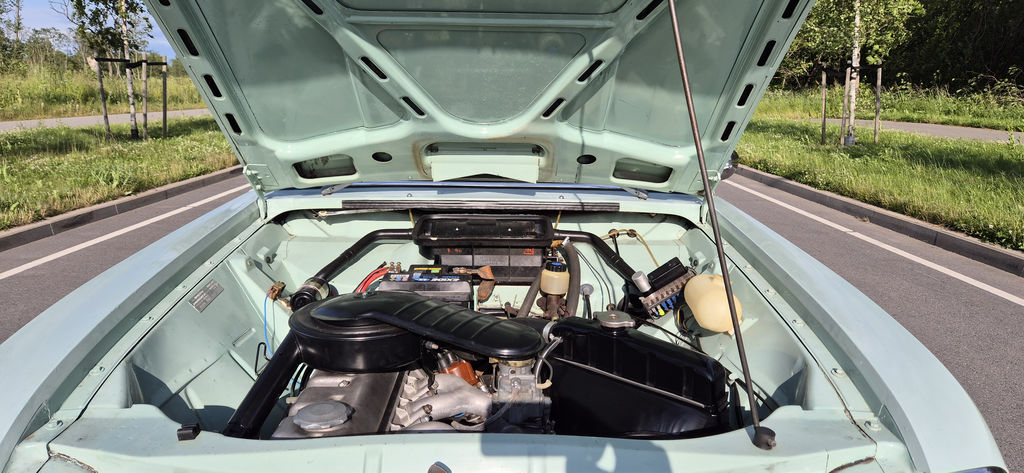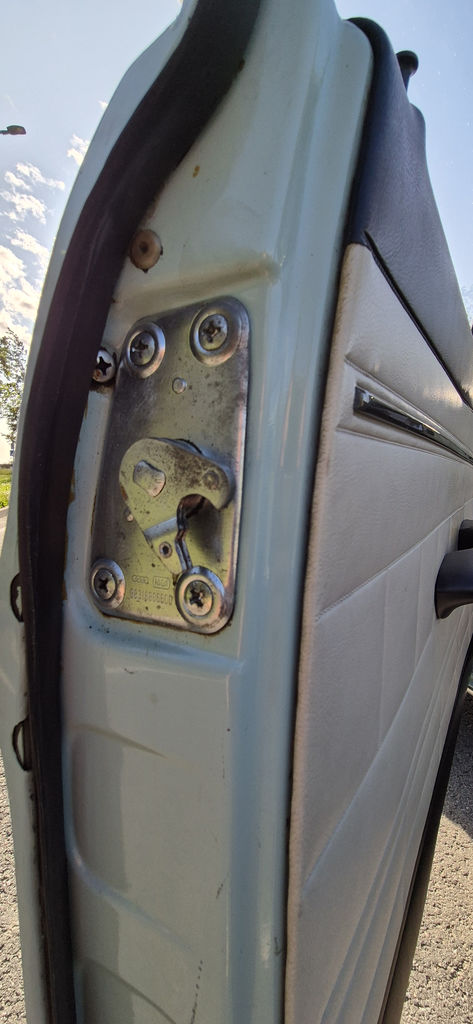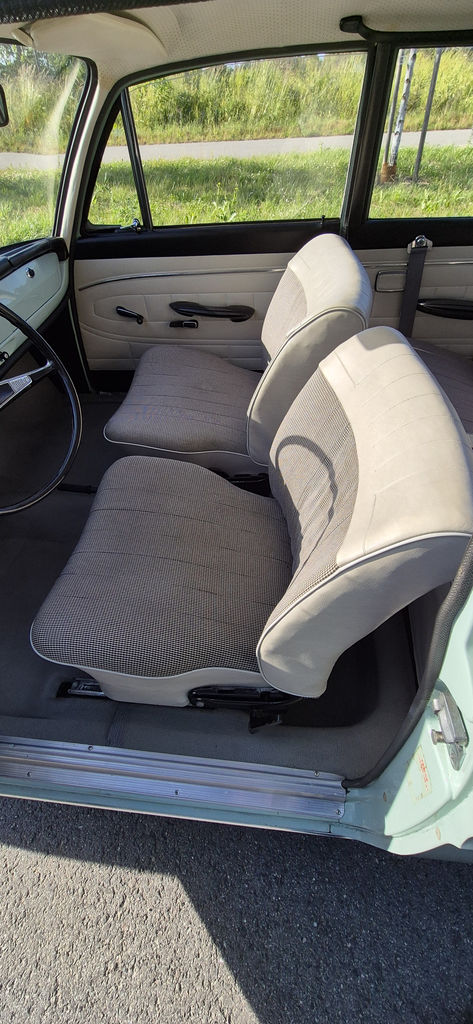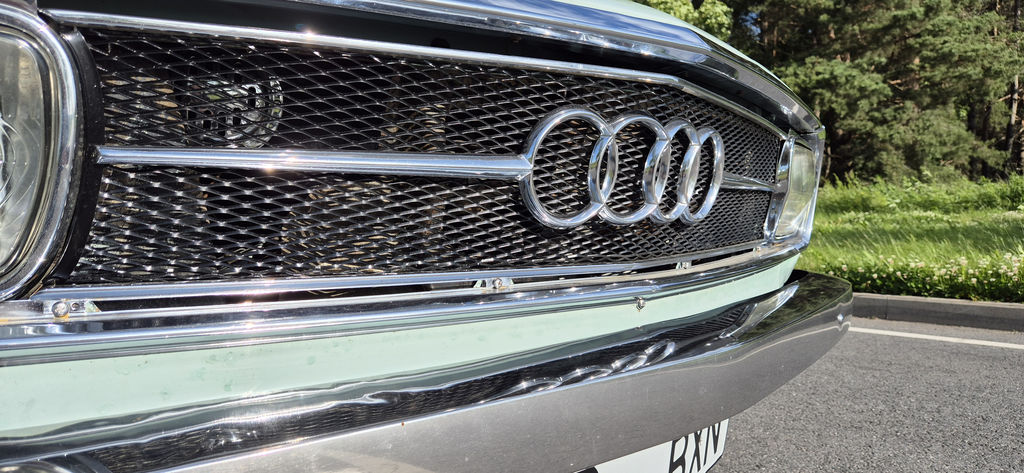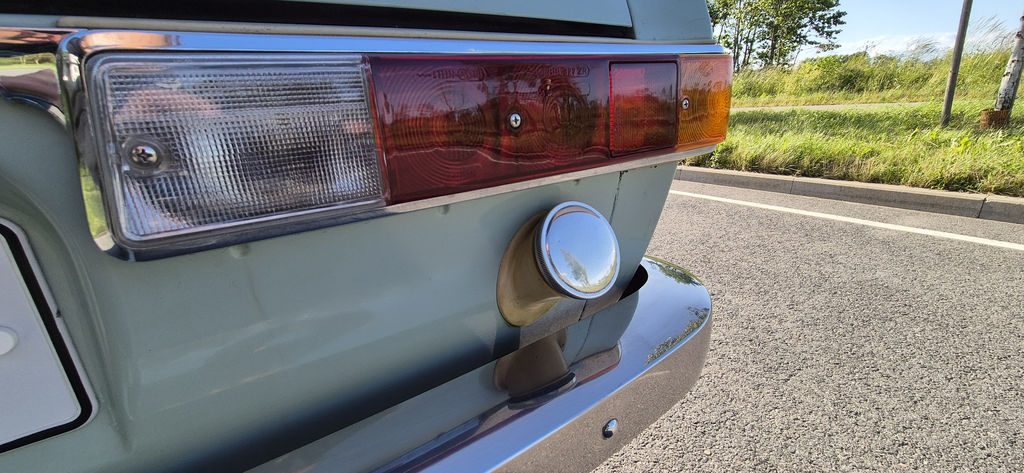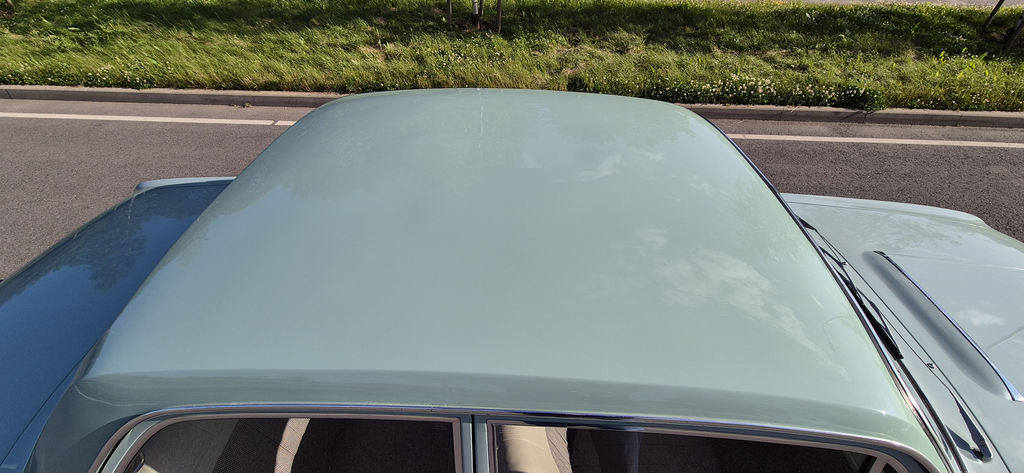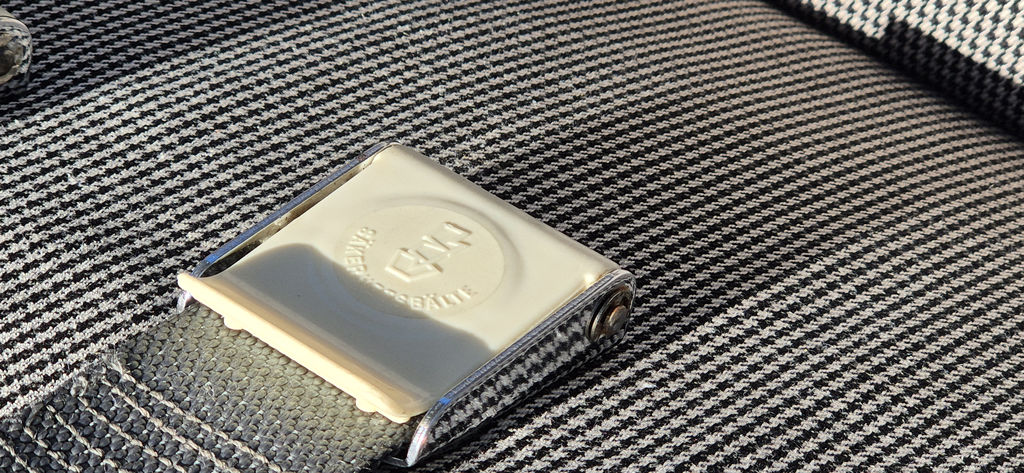Description
Audi 72 | 1966
Highlights:
- Original service book, owner’s manual, repair and parts catalog included
- Mechanically solid, drives well
- 1697cc 4-cylinder petrol engine with manual transmission
- Well-preserved interior with minimal wear
- Rare piece of Audi automotive history
The seller offers this 1966 Audi 72 for sale, a classic model representing an important era in Audi’s post-war automotive production. Originally purchased in Finland in 2018, the car has had only one prior owner before being acquired by the current seller. It comes complete with original documentation, including the service book, owner’s manual, repair catalog, and parts catalog, offering valuable provenance and insight into the vehicle’s maintenance history.
Under the bonnet, the Audi 72 is powered by a 1697cc four-cylinder petrol engine, paired with a manual gearbox. The car is reported to start and drive well, delivering the modest but dependable performance typical of family cars of its era.
The car’s bodywork and paint are in good condition overall, though it shows signs of age and care typical for a nearly sixty-year-old classic. Specific areas—including the roof, passenger-side fender, and front lower sections—have been repainted, and some paint corrections were performed using a paintbrush. While these touch-ups are visible under close inspection, they do not detract from the vehicle’s overall clean and presentable appearance.
Inside, the Audi 72’s cabin is notably well preserved. The seats, door trims, and seals remain in healthy condition, reflecting careful use and storage over the years. The dashboard does show two cracks, which have been repaired with hot glue. Electrical components and gauges are functional, including the lighting systems and indicator controls. Plastic lenses for interior lights remain clear and well-kept, adding to the period-correct look.
Technically, the Audi 72 is described as mechanically solid, with only minor maintenance possibly required. It drives well, although there is mention of a slight clunk noise from the driver’s side when hitting road irregularities, a common occurrence in older vehicles. The car has some rust due to its age, though no specific severe rust areas have been singled out beyond general age-related expectations. Importantly, it retains a valid inspection and is ready for immediate use.
The Audi 72 holds significant historical importance as part of Audi’s F103 series, produced from 1965 to 1972. Emerging in the wake of Auto Union’s takeover by Volkswagen, the F103 series marked Audi’s return as a distinct brand and laid the groundwork for its modern success. Introduced as the “Audi 72” — named for its 72 metric horsepower — this model was a practical mid-size saloon aimed at the post-war European middle class, offering a balance of reliability, affordability, and understated style.
Under the hood, the Audi 72 used a 1.7-liter, four-stroke inline-four engine, known as the “Mitteldruckmotor” (medium pressure engine), featuring a unique combustion chamber design for enhanced efficiency and power delivery. This technological choice was a step forward from the two-stroke engines previously used in DKW vehicles, signaling a shift toward more modern engineering standards for the brand. The car delivered respectable performance for its time, with sufficient power for comfortable cruising, though it was not designed as a performance vehicle.
Design-wise, the Audi 72 embodied 1960s German automotive aesthetics, with a boxy silhouette, clean lines, and restrained chrome accents. It provided a spacious interior with robust build quality, establishing Audi’s reputation for durable, sensible vehicles. Despite its modest specifications, it offered thoughtful touches like comfortable seats, comprehensive instrumentation, and practical controls.
Unique to this particular Audi 72 are some period quirks described by the seller, such as specific cold-start procedures detailed in Finnish on the dashboard cover and the lack of factory-installed hazard lights or radio. The seatbelts fitted to this car are aftermarket accessories made in Sweden, featuring a 2-point locking mechanism reminiscent of early aviation belts. Small details like the original key with the Auto Union logo further emphasize the car’s authentic character and historical value.
For collectors and enthusiasts, the Audi 72 represents an important milestone in Audi’s evolution. Cars like this, preserved in largely original condition and accompanied by comprehensive documentation, are increasingly rare. They offer a fascinating glimpse into the brand’s transitional years and hold appeal both for dedicated Audi fans and for classic car enthusiasts looking for something unique and historically significant.
Condition of the Bodywork and Paint
4. Very Good: Small dents or scratches; may require minimal bodywork or paint correction.
Condition of the Interior
4. Very Good: Clean with minimal wear; may need minor replacements for small missing or broken parts.
Technical Condition
4. Very Good: Mechanically solid, with possible minor maintenance required.
Overall Condition
4. Very Good Condition: Shows only minimal wear and is ready to drive at any time.
This item is sold on an as-is basis. The condition of this item is the opinion of the seller and may differ from your own opinion. Photos and descriptions of the listing are for information purposes only.
We encourage all potential bidders to inspect the vehicle before placing a bid. Please contact us by phone or email to schedule an appointment.
All auction cars offered have a reserve price. You have only won the item if the seller accepts your bid.
Price changes and errors reserved. The 14-day right of withdrawal does not apply to this auction.
This car is currently located in Tallinn province, Estonia.
This car drives, brakes and shifts.
The car has an Estonian registration. The buyer is responsible for registration in his own country and responsible for delivery and collection of any vehicle purchased at the auction.
The description of this car is, to the best of the seller’s knowledge, accurate and not misleading. Route 66 Auctions requests a range of detail about the car from the seller and performs a level of due diligence. However, potential buyers must independently satisfy themselves as to the accuracy of the description. We strongly advise potential buyers to view or arrange inspections as well as conduct any research they feel is necessary before committing to bid or buy.
Please note that it is not uncommon for classic or collectible cars to have received cosmetic repairs in the past, to rectify damage or refresh appearance, and this work may be hard to see even upon visual inspection. Unless there is an explicit statement by the seller to the contrary, please assume that any vehicle could have had bodywork or paintwork. Photographs may not reflect the exact true colour or exact full condition of the vehicle. It is a bidder’s responsibility to assure themselves of the colour and condition of a vehicle, including its interior and the existence of any remedial bodywork or paintwork, before committing to bid or buy.


